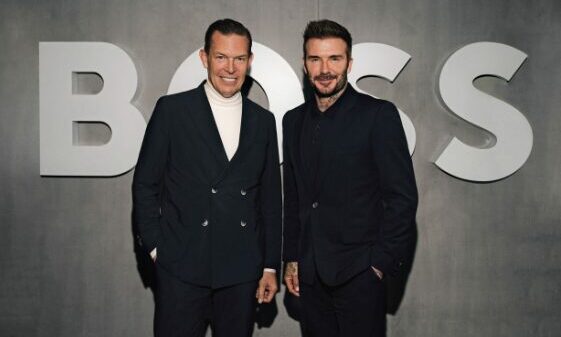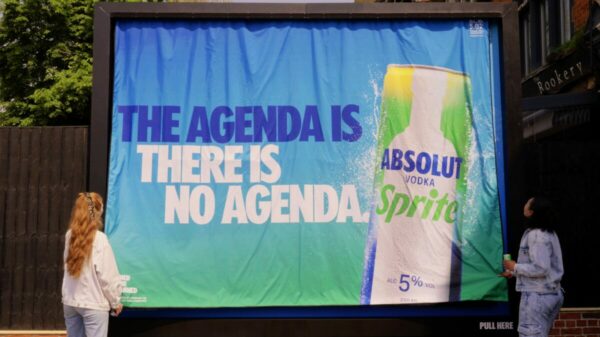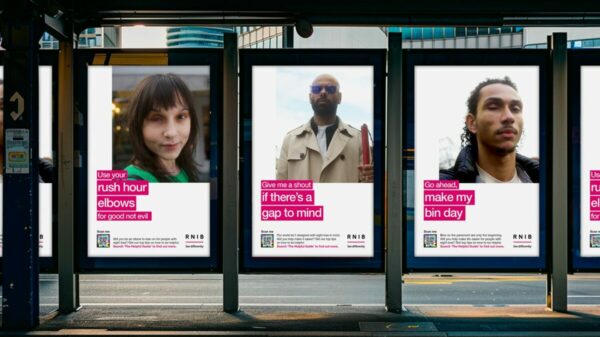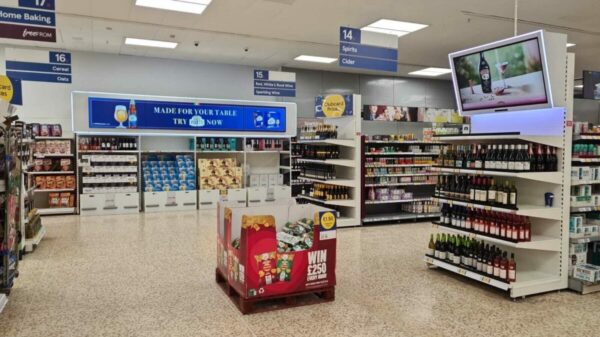We may work in advertising but we didn’t drink all the kool-aid. We know everyone is trying to evade ads in all their forms.

Have an ad-blocker installed? Check. Muting the TV during the breaks? Check. Urgently awaiting the skip button to become available and hitting it in double-quick time? You bet! Welcome to the 21st century, ads, we’ve not been paying attention since the 90s.
Marisa Thomas, CMO of Good-Loop explains that – while ads aren’t (always) designed to be annoying, getting people to actually watch them is more than half the battle…
Research shows that 99% of Gen Z will skip ads if that option is available – which presents quite a challenge for digital advertising.
Add to this the fact that ads themselves are becoming more pervasive and less enjoyable — YouTube recently brought back 30-second unskippable ads in the UK and is cracking down harder on those who attempt to escape them. Of course, this isn’t the full story.
The rapid growth of ad-tier offerings from streamers shows that people will volunteer into ads for a value exchange (like free or lower price access to content). But wouldn’t it be better if instead of putting up with ads, consumers got a little more out of them than ‘something I have to get through for lower prices’?
Click on (the ads)
Interaction is an underused advertising tool for bolstering brand engagement and improving the overall ad experience, giving viewers something to gain. Put simply, it involves turning your ad into something the audience can participate in.
A good example is Ogilvy’s Say Maaate campaign for the Mayor of London, which used this technique to involve the viewer in the conversation. The film running on platforms like LADBible, allowed for multiple scenarios with viewers able to choose when to step in to challenge a mate’s common misogyny.
A far more likely way to create more memories and get the idea to stick. The interactivity no doubt helped to solidify the campaign messaging (whether or not viewers liked the messaging is another story). Another example is Netflix introducing QR codes into shows and ads – though they don’t get maximum points for fun/ingenuity, it’s a step up from passively blaring out ads.
Whether on CTV or other digital video formats, encouraging interactivity is a win-win for advertisers. And many forms of gamification can have a large impact when it comes to positive associations and brand recall.
This might look like offering viewers a reward for completing an ad whether in the form of discounts, loyalty points, prizes or a donation – simple methods where viewers can win something during the experience either online or offline. Channel 4 and Sky Media have experimented with using QR codes in campaigns seeing positive results. And our own Act to Donate format across CTV, DOOH, and social, inviting the viewer to interact, builds on this simple proven method to boost engagement through feel-good incentives to take action.
In recent years, we’ve witnessed two-way user interaction as a tactic to boost engagement in film and TV – think Black Mirror’s 2018 interactive film Bandersnatch – it’s certainly seen as the way forward in the video streaming industry to hold onto attention.
Subscribe to Marketing Beat for free
Sign up here to get the latest marketing news sent straight to your inbox each morning
Value for brand and consumer
Brands can achieve results from their campaigns if they’re willing to be tactical. Research shows that 72% of Gen Zers are more likely to buy from brands that contribute to social causes, so an altruistic take on gamification can be highly effective for brands.
In fact, Kantar’s study finds leaving viewers with positive emotions helps digital ads succeed. This is a good opportunity for brands to engage in charity initiatives and demonstrate to consumers that they share their values.
With our ad format, Watch to Donate, people are notified that if they finish watching an ad, a donation is made to a charity. Encouraged by the incentive, more people do end up finishing the ad and getting the feel-good factor of having contributed to a good cause, increasing brand consideration by 75% and purchase intent by 34%.
This shows that it’s possible for advertisers to find more options to boost interaction with consumers in a way that respects their time and still allows for choice. This can be a great situation for the brand, which sees greater engagement and the consumer, who is left intrigued, not annoyed.
The time for evolution
The ultimate goal of a marketer is to gain new customers or sales through their campaigns. But digital advertising across the board is becoming less effective, often presenting ideas into the ether and wasting vast amounts of resources; programmatic advertising alone generates 215,000 tons of carbon emissions with many online ads stuck on AI content farm sites.
Bad targeting, poor placement, and boring creative are all contributing factors to a lack of cut through. If the format is immediately eye-catching and hosted on high-value publishers, that problem is immediately reduced.
Watching an ad should always be a choice left to the consumer. Forceful placement won’t improve effectiveness – it’s time to get strategic, bring back the fun in campaigns to encourage positive transactions and turn ads from a nuisance into an asset that delivers for the brand as well as the people watching it.










1 Comment. Leave new
Absolutely spot-on @Jacqui Parr